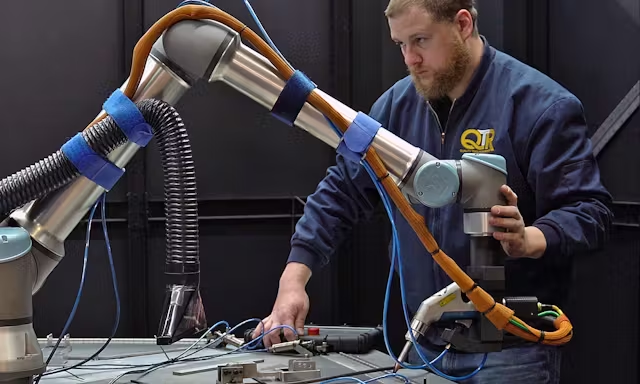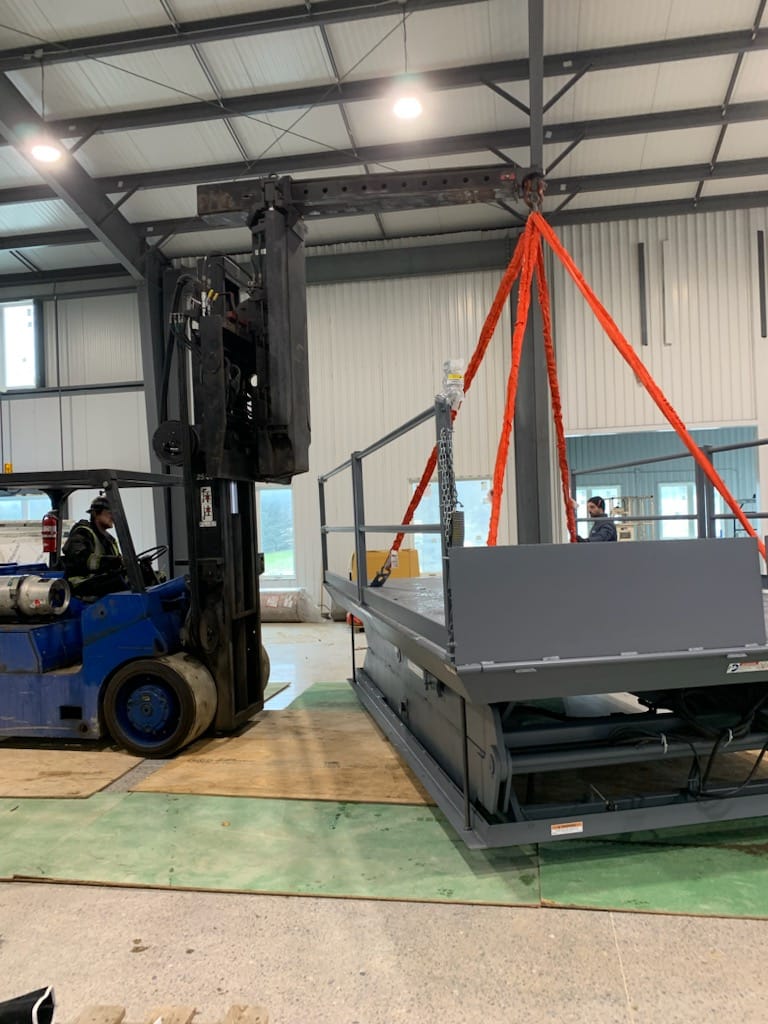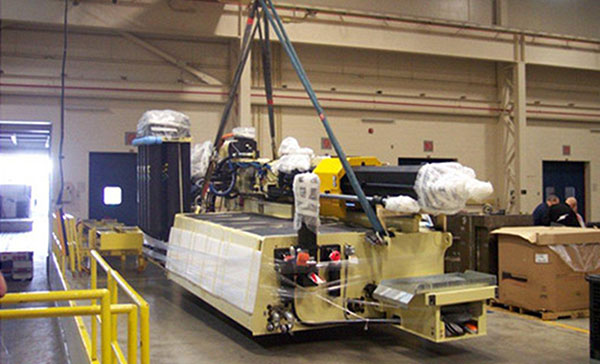Collaborative Robots for Manufacturing
Installing Collaborative Robots in manufacturing plants is an intricate process that requires skilled millwrights. Lifting heavy machinery, installing according precise measurements, and setting up the software are all tasks performed by talented individuals. Bullet Trade Services is familiar with a wide range of collaborative robots that are ready to serve in the future of manufacturing.
Collaborative robots are not a far-off fantasy. They’re present in almost every advanced manufacturing plant in Canada. Are you looking to install your own collaborative robots? Installing collaborative robots (cobots) in a workplace involves careful planning and execution to ensure seamless integration, safety, and efficiency. Here are a few guidelines to follow:
1. Define the Purpose and Objectives
- Identify Tasks: Determine which tasks the cobot will perform. Cobots are ideal for repetitive, precise, or hazardous tasks.
- Set Goals: Outline what you want to achieve (e.g., improved efficiency, reduced errors, enhanced safety).
2. Conduct a Feasibility Study
- Analyze the Work Environment: Ensure the workspace is suitable for cobot operation.
- Evaluate ROI: Assess whether the investment in cobots will deliver long-term benefits.
- Employee Readiness: Gauge employee acceptance and willingness to adapt to cobot technology.
3. Select the Right Cobot
- Payload and Reach: Choose a cobot that matches the physical requirements of your tasks.
- Programming Needs: Consider ease of programming (e.g., drag-and-drop interfaces or code-based setups).
- Safety Features: Ensure the cobot meets safety standards and includes sensors to detect human presence.
4. Design the Workspace
- Collaborative Zones: Create zones where humans and cobots can work together safely.
- Minimize Hazards: Address any potential risks such as sharp edges, uneven surfaces, or obstructions.
- Accessibility: Ensure cobots have access to required tools, parts, and materials.
5. Install and Integrate
- Mechanical Setup: Mount the cobot securely and connect it to power and control systems.
- Software Integration: Integrate the cobot with existing systems (e.g., ERP or production monitoring systems).
- Calibrate: Perform initial calibration to ensure accuracy and precision.
6. Conduct Safety Checks
- Risk Assessment: Review the setup for potential risks.
- Compliance: Verify the installation complies with safety standards (e.g., ISO 10218, ISO/TS 15066).
- Emergency Protocols: Set up emergency stop buttons and other fail-safes.
7. Train Staff
- Operation: Train employees to operate and interact with the cobot.
- Maintenance: Provide instructions for regular maintenance and troubleshooting.
- Collaboration: Foster trust and confidence in working alongside cobots.
8. Test and Optimize
- Trial Run: Conduct a trial phase to observe cobot performance.
- Adjustments: Make necessary adjustments to improve efficiency and resolve issues.
- Feedback: Gather employee feedback to identify areas of improvement.
9. Monitor and Maintain
- Routine Inspections: Regularly check cobot systems and components.
- Software Updates: Keep cobot software up-to-date for optimal performance and security.
- Performance Metrics: Monitor metrics to ensure the cobot meets its intended goals.
10. Scale as Needed
- Expand Operations: Consider adding more cobots to other areas based on successful implementation.
- Upgrade Features: Introduce advanced capabilities like AI for complex tasks.
Installing cobots effectively requires collaboration across teams, careful planning, and ongoing management to achieve the desired outcomes.

How Bullet Trade Services Helps Manufacturers Install Cobots
Bullet Trade Services has a team of highly specialized millwrights ready to help you install collaborative robots in your manufacturing plant. We carefully assemble our teams to consistently provide talented individuals for the various aspects of cobot installation.
Planning for Cobots
Setting your facility up for success is crucial. We can’t just throw robotics onto the factory floor, we have to plan carefully. The above guide will give you some planning tips, but it’s always a good idea to hire people with experience and a proven track-record. Bullet Trade Services has you covered!
Lifting Robotics
Lifting sensitive equipment such as cobots into place is an arduous tasks requiring specialized people and equipment. Bullet Trade Services has a track record of installing sensitive equipment for a long list of advanced manufacturers in Ontario.
Mechanical Installation
Millwrights are well versed in mechanical installation of manufacturing equipment, including robots. Whether something needs to be welded, mounted, electrically connected, or ground away to make space, our millwrights know how to do it right and safely.
Software Installation
The final step of setting up collaborative robots is often ensuring the software is set up correctly. Our millwrights are happy to help set up the software and test the success of the installation.
Need help installing collaborative robotics? Contact Bullet Trade Services today!



